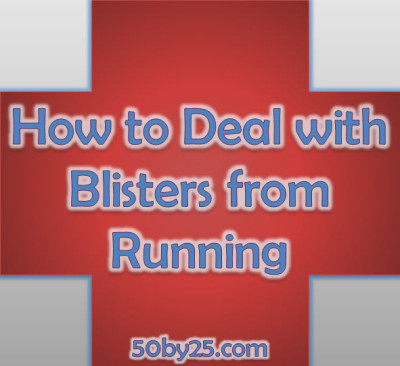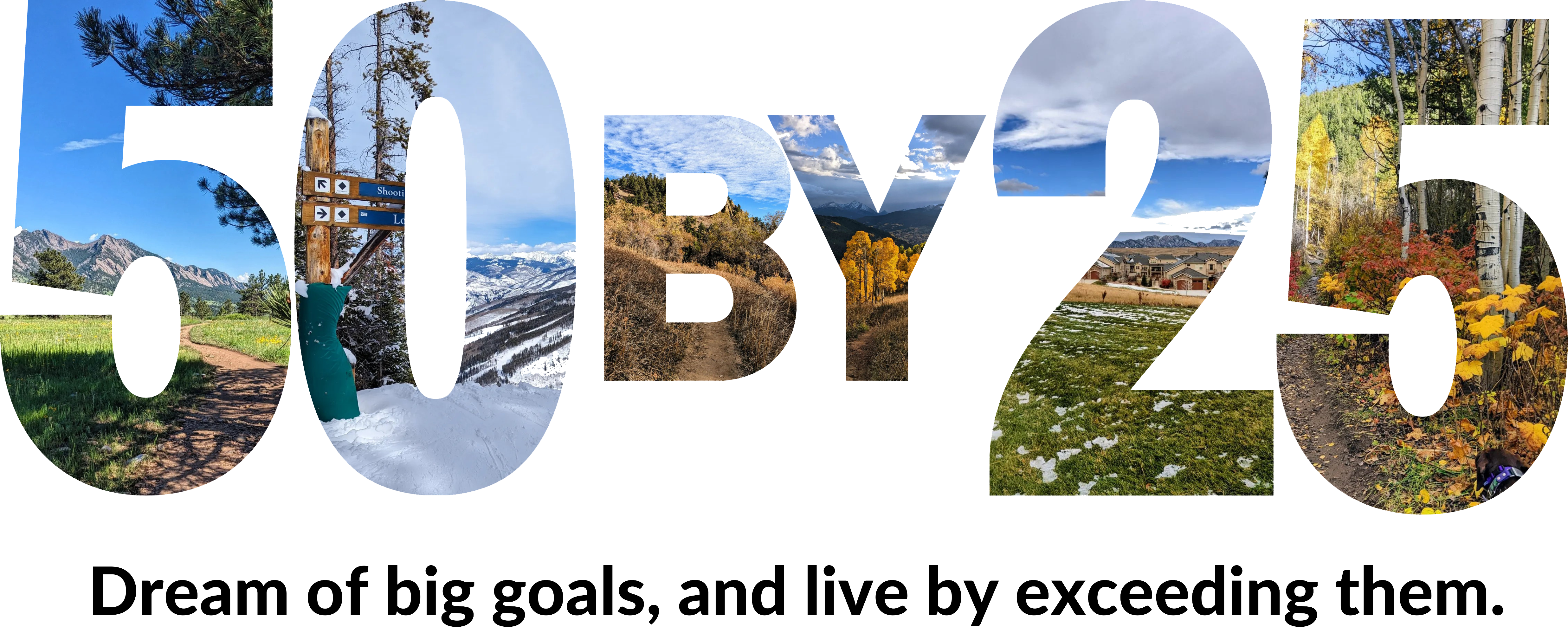Disclaimer: If you are not a runner and don’t like discussions of bodily fluids, you may not want to read this post.
Things have been crazy busy around here, but my friend Daria IMed me tonight needing help – and after providing a long and detailed explanation to her, I realize it might be helpful to some of you as well.
Daria is training for her very first half marathon (yay!), and like many distance runners, she’s run into the problem of blisters (boo). I’ve written before about how to run a marathon in the rain, and a lot of those tips will help you to stay blister-free. In that post, I talk about putting Aquaphor on your feet to help prevent friction blisters, and I will note that I make sure to lube my feet up for every marathon, not just those when it’s wet. I’ve also had great luck with Feetures socks, which do a wonderful job in preventing chafing. I have run many a marathon without suffering any blisters at all – while sometimes they are unpreventable, they also aren’t something you have to experience as a running rite of passage.
But what happens if you do get a blister anyway?

Blisters from Chafing
Blisters from chafing can occur when your shoes don’t fit properly, if your socks bunch up, if you get a rock in your shoe… or sometimes for no discernible reason. When I get blisters from chafing, they tend to be either on the ball of my foot or on the inside of my arch. However, those blisters are usually fairly easy to deal with. I usually try to leave them alone, and find that the pressure is relieved and the fluid goes down after just one or two nights’ sleep. If it’s particularly painful or lasting longer than that, I will puncture the blister with a sterilized needle. One little pinprick is all it takes to relieve the pressure, and then I use a clean tissue to absorb any fluid that comes out.
If the blister covers a large surface area, sometimes I need to press on the other sides of it to get as much fluid out as I can, driving the fluid toward the hole that I made. Occasionally I have punched more than one hole in a blister of this type, though that does open you up to a greater risk of infection. The more covered the tender skin under the blister can be, the better – and that also means don’t pull the dead skin off until it’s pretty much coming off on its own.
After I drain the blister, I just put some Neosporin on the hole, slap a bandaid on, and continue on my merry way. Sometimes I may have to repeat this process 24 hours later, but it rarely continues much longer than that, and I don’t think I’ve ever had to hit the same blister three times in a row. The biggest things to remember here are that you need to sterilize the needle and then make sure the wound is kept clean afterward. Otherwise, it’s not really rocket science.
Blisters from Pressure
Unfortunately, the kind of blister that Daria had was not a blister from chafing… but its nasty friend, the blister from pressure. This can occur if your shoes don’t fit properly, but it can also happen if you’re using well-fitted shoes under unusual circumstances. For example, when you run downhill, your feet slide infinitesimally forward in the toe box – which can cause your toes to crunch up against the top of the sneaker. (This is magnified exponentially if your shoes are too big, but it does happen even with correctly-sized shoes, just to a lesser extent.) Putting constant pressure on part of your foot can cause a blister develop, and in Daria’s case, she ended up with a blister under her big toenail! Ugh, the worst. Not only is it incredibly painful, but if there is enough fluid in the blister, it can push upward on your toenail and eventually cause the nail to fall off. Not good with flip flop season coming!
However, before it gets to the falling off stage, you can take steps to prevent the dreaded missing toenail. I know that most experts say to leave it alone, and if you can do that, great. The blister will usually go away on its own in a day or two. But if your toe is throbbing painfully, you may want to relieve the pressure – and that’s where I again turn to a basic sewing needle. (And don’t worry, it is not for the “use a red hot needle to drill a hole through the center of your toenail” advice that I have seen some places. My god, that sounds awful.)
First, sterilize the needle. I usually just boil it in a pot of water for a while, or perhaps soak it in peroxide, but some Googling reveals that putting it in a flame is better. Then again, subsequent Googling warned against the flame method, so who really knows. Just make sure it’s clean and germ-free, however you choose to do that.
Now, hold a (clean) tissue under your toe. To be honest, the blister can get kind of squirt-y when you do manage to puncture it, and the tissue is good for taking care of that. Going very slowly, slide the needle slowly under the nail and into the blister. I know this sounds really, really terrifying, but I’ve found that if my toe is throbbing enough to warrant this type of self-surgery, I don’t even feel anything when I slide the needle in. Pull the needle out, and see if any fluid comes with it. If not, you either didn’t go deep enough… or the blister is either too deep for you to reach or not pus-filled, in which case this method won’t help to relieve the pain.
Assuming you did hit the fluid-filled blister, it’s now just a matter of getting the excess fluid out to relieve the pressure. You may again need to kind of squeeze/massage the toe a bit, but since pressure blisters tend to be more concentrated, I’ve found that it’s not as necessary in this case. While doing so, though, try not to touch the hole itself, so you don’t get germs in there. And most importantly of all, when you’re done, put Neosporin and a Bandaid on. Poking around into your toe carries a higher risk of infection than just scratching the surface of a chafing blister, so you want to mitigate that risk as much as possible.
The verdict?
Daria L: totally worked!!
Daria L: my nail looks normal!
Daria L: phew
If Daria can be brave enough to do it, so can you 🙂
Finally, don’t forget that if you are getting blisters frequently, and especially if they happen to be in the same spot on your foot every time, you may need to adjust your socks, shoes, or perhaps even running form. Best of luck!

The advice that was given in the beginning of the article that mentioned blisters occurring when shoes don’t fit properly sounds about right. Well, it made me think about my son who’s had some issues with him getting foot blisters when playing basketball. My plans though is to maybe send him to see a podiatrist and check if the blisters are coming from the shoe or just his way of moving the foot.
Very generally, most blisters can be prevented with the correct shoe fit/lubrication. I know ultramarathoners who’ve finished without a blister! I would definitely suggest trying some different shoes and/or using Vaseline on hotspots prior to seeing a doctor.
I always get two blisters on just one foot in the SAME place every time! Super frustrating. But after reading your article, I think the issue might actually be that my socks aren’t tight enough! haha. Thanks for helping me realize this!
Ooh, I hope that fixes it! Let me know 🙂